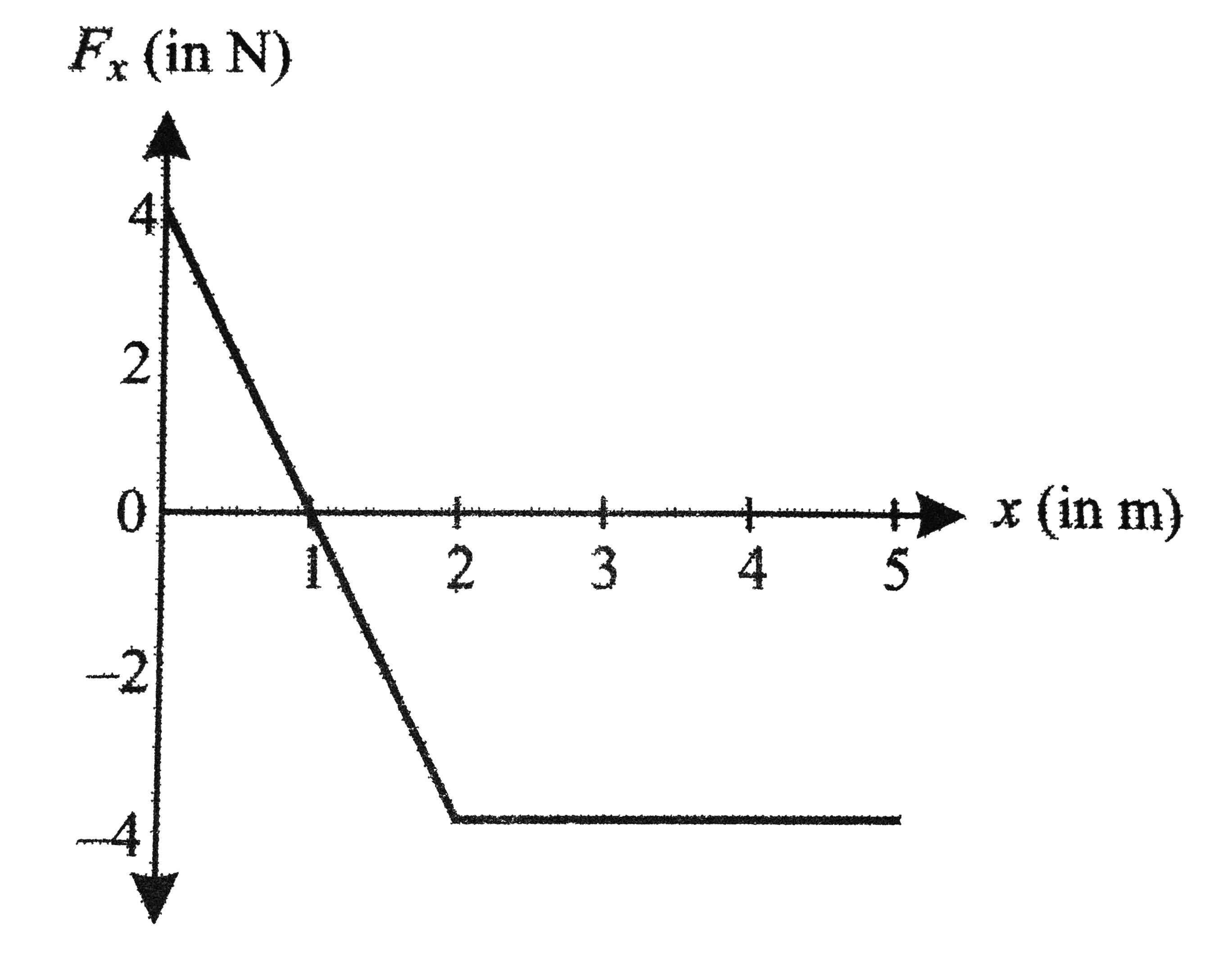What will be the velocity of a body of mass 100 g having a kinetic energy of 20 J ?
20 m/s
15 m/s
10 m/s
25 m/s
To find the velocity of a body with a mass of 100 g and a kinetic energy of 20 J, we can follow these steps:
Step 1: Convert mass from grams to kilograms
The mass of the body is given as 100 g. We need to convert this to kilograms because the standard unit of mass in physics is kilograms (kg).
Mass (m)=100 g=1001000 kg=0.1 kg
Step 2: Use the formula for kinetic energy
The formula for kinetic energy (KE) is given by:
KE=12mv2
Where:
- KE is the kinetic energy,
- m is the mass,
- v is the velocity.
Step 3: Substitute the known values into the formula
We know the kinetic energy (KE) is 20 J and the mass (m) is 0.1 kg. We can substitute these values into the kinetic energy formula:
20=12×0.1×v2
Step 4: Solve for v2
First, we can simplify the equation:
20=0.05v2
Now, to isolate v2, we can multiply both sides by 20:
20×20=v2
This gives us:
400=v2
Step 5: Take the square root to find v
To find v, we take the square root of both sides:
v=√400
Calculating the square root gives us:
v=20 m/s
Final Answer
The velocity of the body is 20 m/s.
---
The mass of the body is given as 100 g. We need to convert this to kilograms because the standard unit of mass in physics is kilograms (kg).
The formula for kinetic energy (KE) is given by:
- KE is the kinetic energy,
- m is the mass,
- v is the velocity.
We know the kinetic energy (KE) is 20 J and the mass (m) is 0.1 kg. We can substitute these values into the kinetic energy formula:
First, we can simplify the equation:
To find v, we take the square root of both sides:
The velocity of the body is 20 m/s.
Topper's Solved these Questions
Similar Questions
Knowledge Check
The momentum of a body of mass 200g with kinetic energy of 10 J is:
A3 kg m/sB2 kg m/sC5 kg m/sD0.33 kg m/sThe de Broglie wavelength associated with a ball of mass 1kg having kinetic enegry 0.5J is
A6.626×10−34mB13.20×10−34mC10.38×10−21mD6.626×10−34ÅThe de Broglie wavelength associated with a ball of mass 1kg having kinetic enegry 0.5J is
A6.626×10−34 mB13.20×10−34 mC10.38×10−21 mD6.626×10−34Å
What change should be affected in the velocity of the body to maintain same kinetic energy if its mass is increased four times ?
View SolutionThe only force acting on a 2.0−kg body as it moves along the x-axis varies as shown in figure. The velocity of the body at x=0 is 4.0ms−1.

a. What is the kinetic energy of the body at x=3.0m?
b. At what value of x will the body have a kinetic energy of 8.0J?
c. What is the maximum kinetic energy attained by the body between x=0 and x=5.0m?
View SolutionIf the velocity of a body is halved its kinetic energy ________________.
View SolutionIf the angular velocity of a body increases by 20% then its kinetic energy of rotation will increase by
View SolutionA ring and a disc roll on the horizontal surface without slipping with same linear velocity. If both have same mass and total kinetic energy of the ring is 4 J then total kinetic energy of the disc is
View Solution
